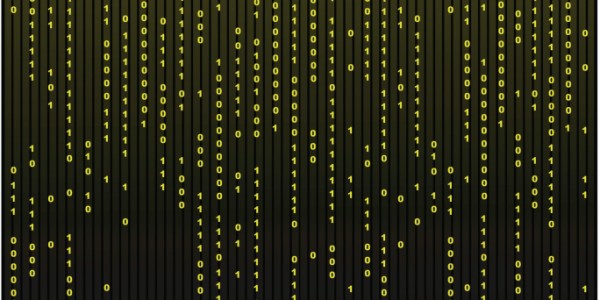Be on guard for ransomware attacks in your email
Ransomware is a type of malicious software cyber-criminals use to extort money and/or information. It denies or limits access (i.e. locks) to computers, network drives, and documents/files. Once locked, a screen or web page will show up containing instructions on how to pay the cyber-criminal to unlock the computer or return the data.
How does ransomware get into our emails?
Ransomware attacks are delivered by a “phishing” email. This email looks legitimate but it’s not—it impersonates a trusted source or a familiar organization and is written in convincing language that encourages you to click on a malicious link, open attachments or provide your account credentials. Facebook, Twitter, social media posts and instant messenger chats can also install malicious ransomware onto your computer.
How to prevent ransomware
- Before clicking on an embedded URL or opening an email attachment, double check your emails if they come from someone you don’t know or if you weren’t expecting them—even if they appear to be from a trusted source or a known organization or company.
- Use caution when accessing personal webmail accounts or social media sites while on the VCH network.
- If you’re unsure about an email don’t click on it and report it to the Service Desk.
If in doubt, call the Service Desk immediately
Don’t fear reprisal if you inadvertently click on a link or open an infected attachment. Some ransomware attacks are quite sophisticated and can fool even the most cautious among us. What we need you to do is report the incident immediately to the VCH Service Desk.

